With the Delta variant on the rise, touchless payments are more important than ever.

As the weeks and months continue to drag on (and despite the existence of effective vaccines against COVID-19), the virus is still not under control. This is leading to the implementation of adaptations in consumer behaviors, including in how shoppers pay for goods and services. One of the biggest developments? A renewed insistence on hygiene.
What we know about the Delta variant.
According to Yale University, we can be reasonably sure of the following characteristics of the Delta variant.
• It is more contagious than other COVID-19 strains.
• Although vaccinated people can become infected, those who have not gotten the jab(s) are particularly vulnerable.
• Because of its high rate of transmissibility, the Delta variant could infect large numbers of people in localized areas all at once, taxing the healthcare system.
• Vaccination and COVID precautions are the best defenses against this strain.
Bearing this final advice in mind, masking, hand hygiene, and social distancing are as important now as they ever have been throughout the pandemic.
How contactless payments might help to stop Delta variant transmission.
As the name implies, contactless or touchless payments can be completed without any contact occurring between buyer and seller. This is accomplished thanks to near-field communication (NFC) technology located in most merchants’ terminals/readers and their customer’s cards, devices, or wearables.
To utilize contactless payments, a consumer must either have a credit card with their payment information embedded onto a smart chip or use a digital wallet. This feature comes built into all modern smartphones and provides a safe repository to store credit card payment information, transit passes, and other documents.
Instead of passing potentially contaminated cash, cards, or devices from hand to hand, NFC technology allows the customer to place their smartphone within a few inches of your reader after opening the digital wallet they have previously entered their payment details into. Once the process is initiated, the encrypted credit card number, expiration date, and security code are transmitted to the merchant’s reader where they can be authenticated.
Details are forwarded to the processing company and issuing bank, and the payment is either accepted or declined. All of this occurs within seconds without sacrificing security in the least.
Additional contactless payment options.
Thanks to the rise of mobile point of sale (POS) readers that can accept payments anywhere, merchants and consumers are no longer forced to do business at a traditional POS system or cash register. In an era when physical distancing and hygiene are high priorities thanks to the Delta variant, contactless sales transactions can be completed in parking lots, curbside, or at a customer’s home. Because the mobile touchless card reader is connected to the business’ POS software in the cloud, record-keeping, customer relations, and inventory management tasks can occur seamlessly regardless of where the payment is accepted. Then, that information can be accessed from anywhere, at any time.
Viruses mutate, and SARS CoV-2 is no exception. Although the Delta variant is the latest permutation, it may not be the last to come on the scene before the coronavirus pandemic is gone for good. The good news is that innovations such as contactless payments can help to foster a safer environment while still allowing shoppers to make their essential purchases.
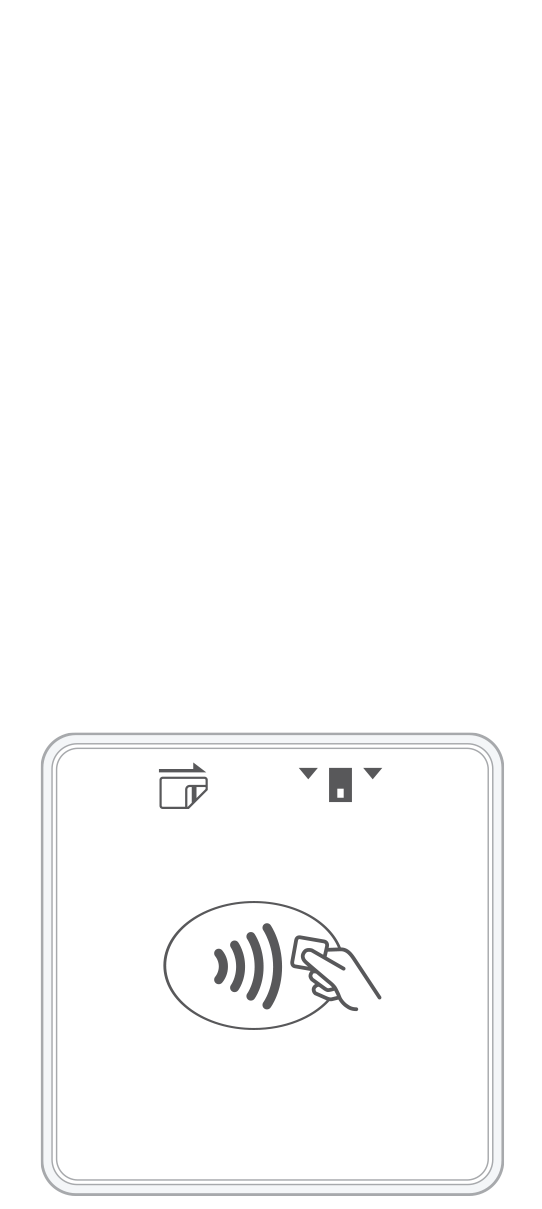 3-in-1 Reader | 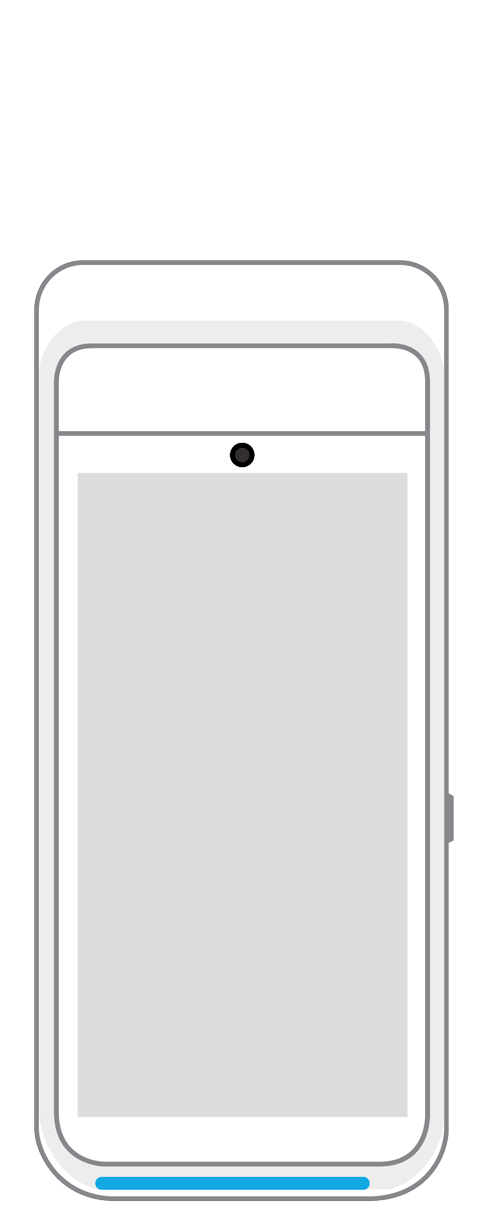 Terminal | 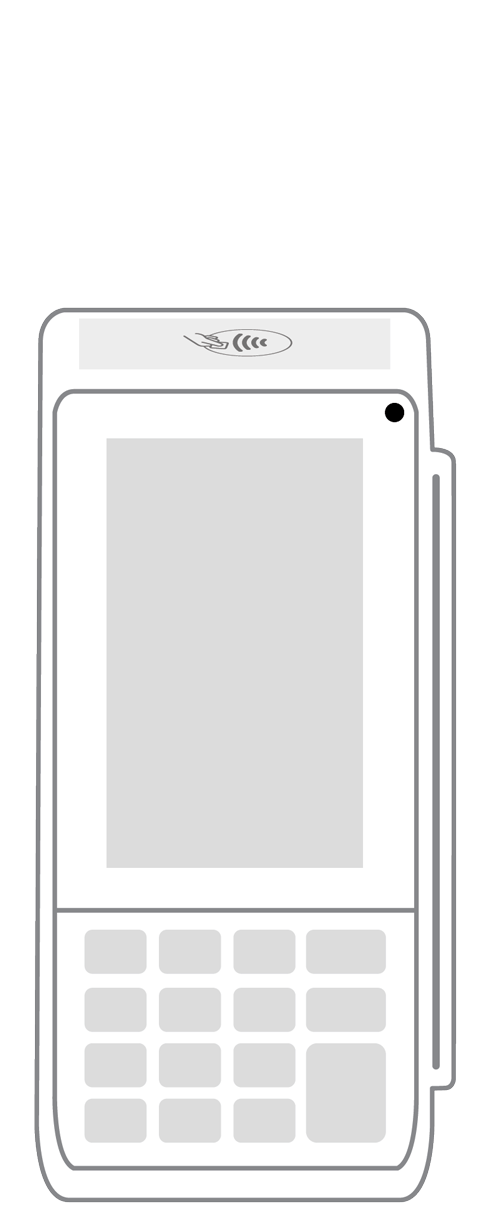 Keypad | 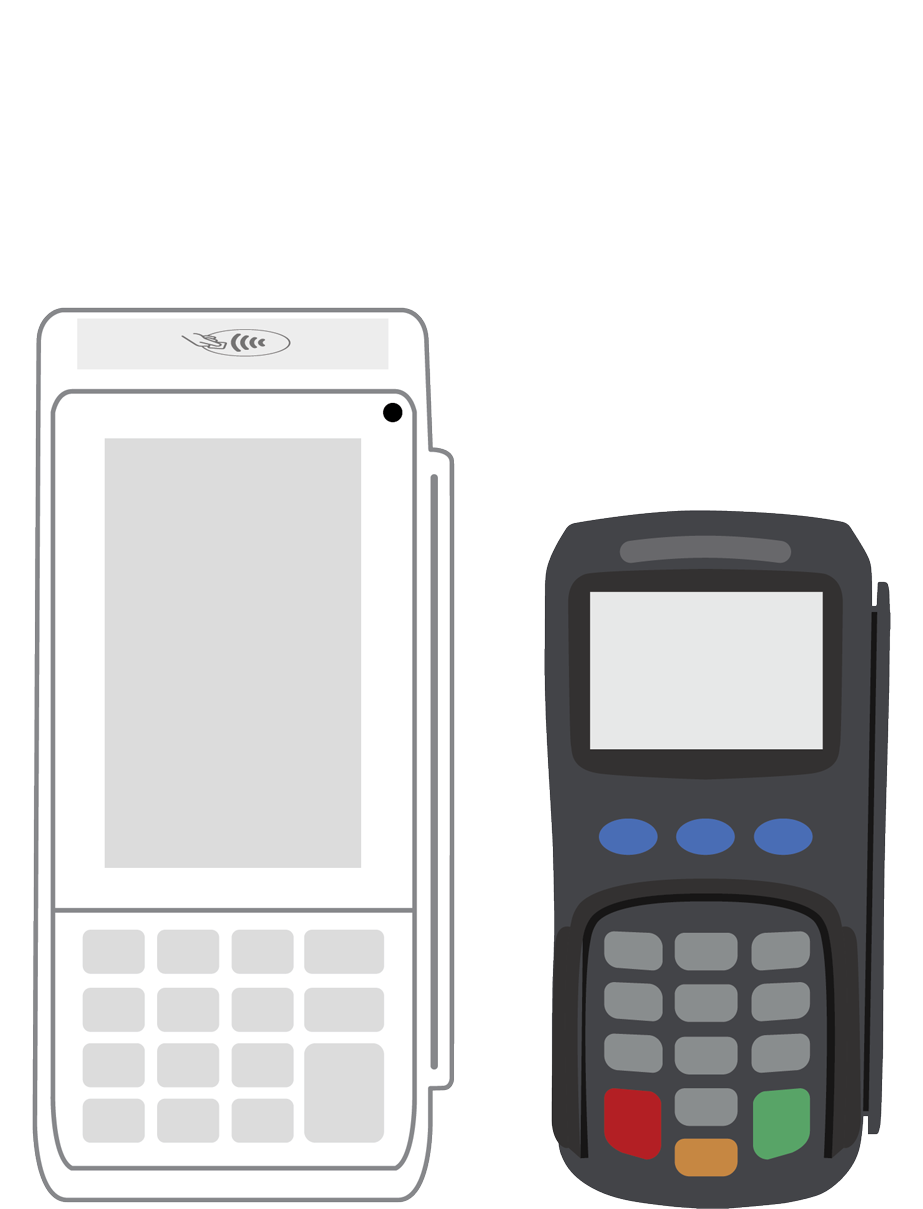 PINPad Pro | 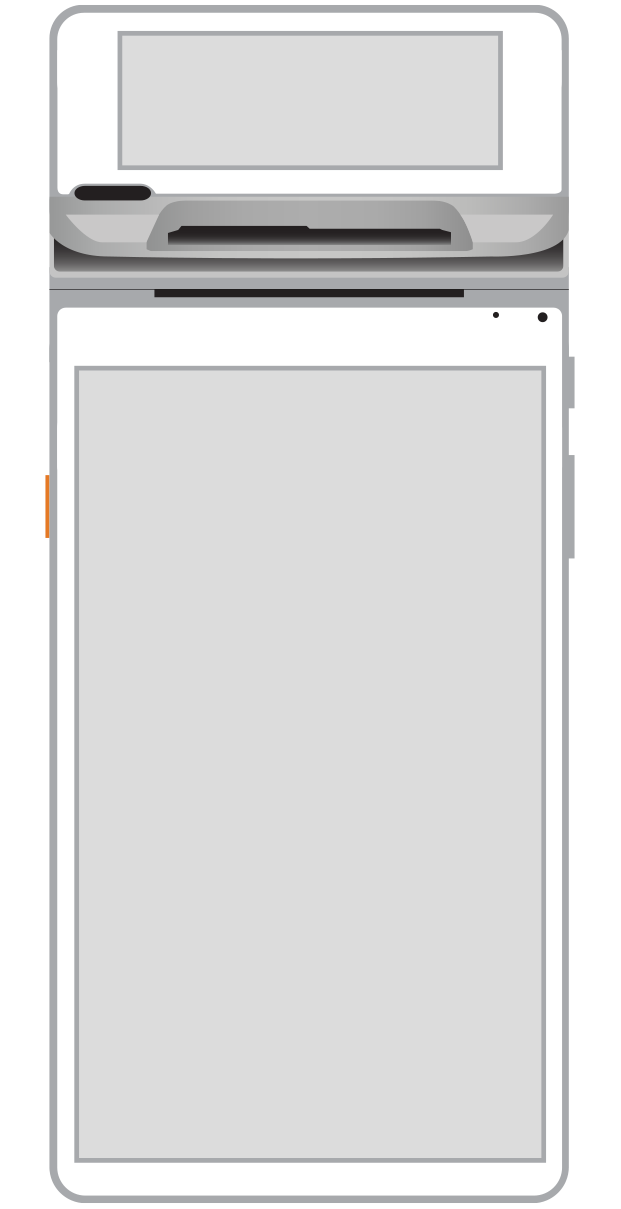 Flex | 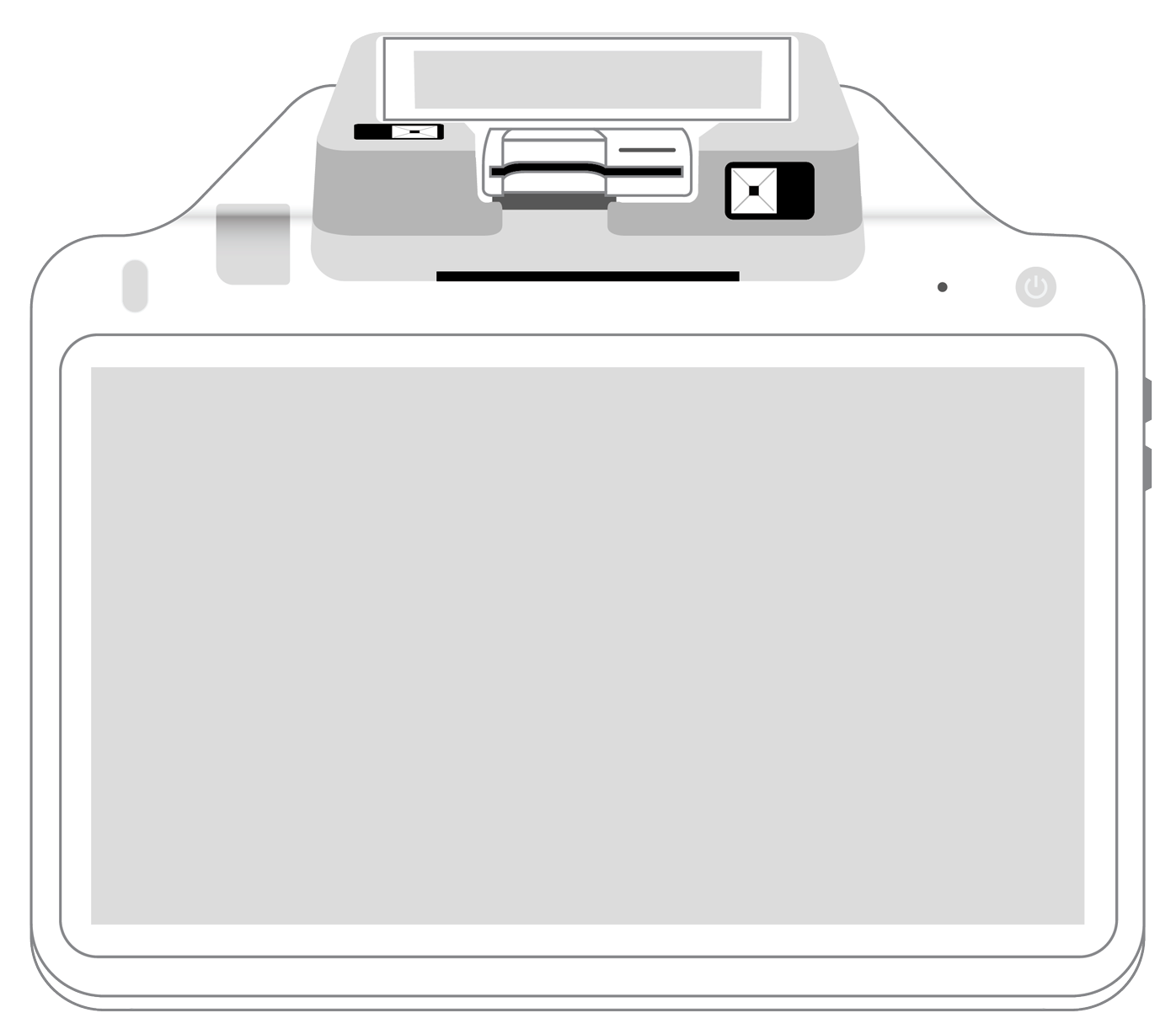 POS+ | |
|---|---|---|---|---|---|---|
Payment types | ||||||
EMV chip card payments (dip) | ||||||
Contactless payments (tap) | ||||||
Magstripe payments (swipe) | ||||||
PIN debit + EBT | ||||||
Device features | ||||||
Built-in barcode scanner | ||||||
Built-in receipt printer | ||||||
Customer-facing second screen | ||||||
External pinpad | ||||||
Wireless use | ||||||
Network | ||||||
Ethernet connectivity | With dock | |||||
Wifi connectivity | ||||||
4G connectivity | ||||||
Pricing | ||||||
Free Placement | ||||||